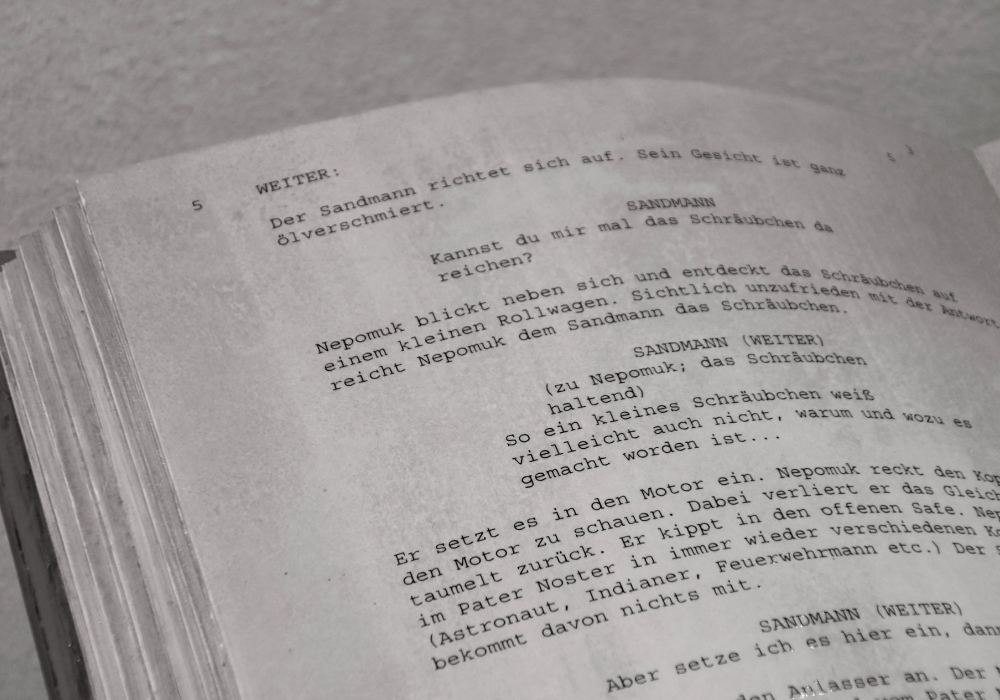How to Use Syuzhet in Screenwriting
Before writing a screenplay, the writer will typically formulate a plan. The plan is an outline of events that includes the individual timeline. Upon which each of the key events of the story takes place. The writer is going to outline these events in chronological order, from beginning to end. But that’s certainly not how the storytelling process ends. In fact, the storytelling usually takes a mixed course in which the timeline of events is discombobulated and mixed, where there are twists and turns, flashbacks and flash forwards. Knowing how to use syuzhet is important for any writer to understand because this is how great stories are told.

What is Syuzhet?
Syuzhet represents the plot of a film. It’s the order in which the events of the story are delivered to the audience. Where fabula is the order of events, one-after-another.
As they chronologically take place, syuzhet represents the order in which those events are mixed and retold in order to create the most engaging and interesting story or the audience.
Of course, a syuzhet doesn’t have to be chronologically out of order or a series of discombobulated events.
The Story Order
The syuzhet could be the story, told in chronological order, exactly as it was originally written on the timeline or in the fabula. But this is rare.
Rarely is a story, particularly a film, delivered in chronological order. Not because telling a story out of order is any better than telling the story in order.
But because the order of events that are used to share a story, when mixed and told out of order through literary devices.
Such as the flashback and the flash forward, can be more intriguing and entertaining.

How to Use Syuzhet in Screenwriting
Screenwriting can be challenging, particular when it comes to keeping the audience entertained.
Learning how to use syuzhet in your screenplays or, for an editor that learns how to use syuzhet in their post production process, can achieve amazing storytelling success that draws interest and excitement from the audience.
Out of Order
For instance, in learning how to use syuzhet you might take your original fabula or timeline of events and choose to deliver certain events out of order.
Perhaps you will begin the story several events in on your timeline. And then use flashbacks to take the audience to earlier events of the story to fill in the gaps.
The idea is to create a syuzhet that will create distinct entertainment for the audience as they are drawn into the story.
Working Backwards
Many stories start at the end and work back towards the beginning. For example, think of heist films and crime dramas.
They almost always begin by showing the outcomes of the heist or the commission of some crime. And the story then flashes back to the earlier events that led to the crime.
This keeps the audience intrigued and interested in the story so that they connect with the characters and the general plot or timeline.
In Essence
A great screenwriter is able to learn how to use syuzhet in a way that creates great satisfaction among the audience as they recreate the fabula. You can use syuzhet in your screenplays, too!
Simply think about the ways you can mix up your timeline of events and deliver them back to the audience.
Through flashbacks, dream sequences, and flash forward elements that together present the timeline of events in the most engaging and interesting manner.

